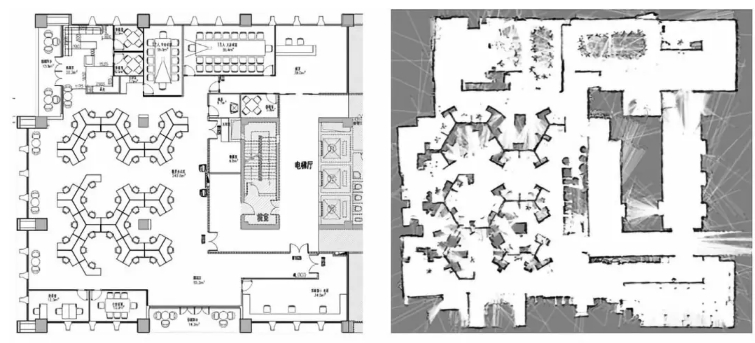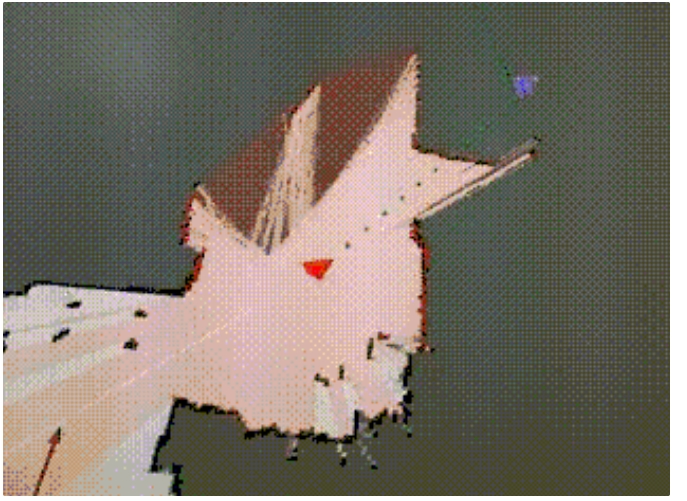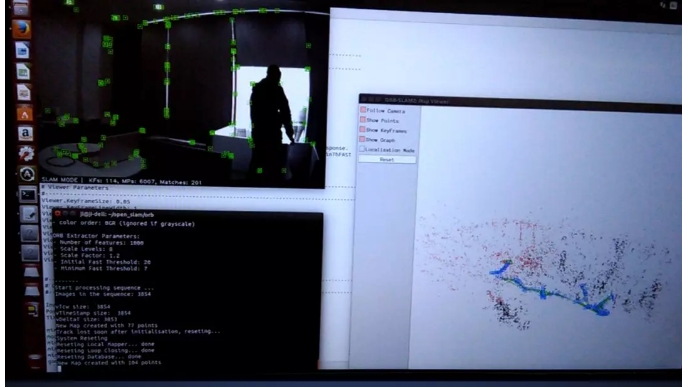Autonomous navigation is a critical aspect of robotics, enabling robots to move and operate independently in various environments. To achieve this, robots must effectively solve three primary challenges: localization, mapping, and path planning. This article explores these challenges, provides insights into current technologies, and offers some perspectives on future developments.
1. Localization: Accurate Positioning in Real-Time
Localization is the process of determining a robot’s position within its environment. Just as a navigation app on your phone requires your current location to provide directions, a robot needs to know its position to navigate effectively. However, robots often face significant challenges in achieving accurate localization due to the inherent errors in motion estimation.
To address these challenges, robots use distance measurement units to correct their position based on surrounding environment data. Common distance measurement technologies include:
- Laser Ranging: Laser-based systems, particularly LiDAR (Light Detection and Ranging), are the most reliable and stable for robot localization. They offer high precision and focus, making them ideal for real-time positioning.
- Ultrasonic Ranging: These systems use sound waves to measure distance but are generally less precise than LiDAR.
- Image-Based Ranging: Utilizing cameras and computer vision to estimate distances, this method provides valuable environmental information but often requires supplementary sensors for accuracy.

2. Mapping: Creating and Interpreting Environment Maps
Mapping is essential for autonomous navigation, allowing robots to understand and navigate their surroundings. There are two primary approaches to mapping: manual map creation and automated SLAM (Simultaneous Localization and Mapping).
- Manual Mapping: Manually created maps, such as CAD drawings, often differ from real-world environments and sensor data, leading to inaccuracies in robot navigation.
- Automated SLAM: SLAM technology enables robots to autonomously create accurate maps. There are two main types of SLAM:
- Laser SLAM: Utilizes LiDAR to create high-precision grid maps that are intuitive and directly usable for navigation and path planning. Grid maps are space and time efficient, making them widely used in robotics.
- Visual SLAM (VSLAM): Relies on cameras to build maps using feature points. While VSLAM can provide rich environmental data, it struggles with low-light conditions and may require additional sensors for obstacle detection and navigation.

3. Path Planning: Efficient and Adaptive Navigation
Path planning involves determining the optimal route from point A to point B. Effective path planning algorithms are essential for robots to navigate complex environments and achieve their objectives quickly and safely. Path planning is divided into two main types:
- Global Planning: This high-level planning uses pre-recorded maps and current robot positions to find the quickest route to the destination. It focuses on overall efficiency and goal achievement.
- Local Planning: This adaptive planning adjusts the path in response to dynamic environmental changes. For example, if a robot encounters an obstacle, local planning recalculates the route to avoid it.

In specialized applications, such as robotic vacuum cleaners, the goal may be to cover an area comprehensively rather than finding the shortest path between two points. Therefore, path planning algorithms must be tailored to the specific needs of the application.
Future Perspectives and Challenges
Despite significant advancements, several challenges remain in achieving seamless autonomous navigation:
- Integration of Technologies: Combining LiDAR, ultrasonic, and visual sensors to create a cohesive and robust navigation system remains complex.
- Adaptation to Dynamic Environments: Developing algorithms that can handle real-time changes and unpredictable obstacles is an ongoing challenge.
- Scalability and Cost: Making advanced navigation technologies affordable and scalable for various applications is crucial for broader adoption.
In conclusion, solving the challenges of localization, mapping, and path planning is essential for advancing autonomous navigation in robots. Continuous innovation and collaboration across the robotics industry are necessary to overcome these hurdles and unlock the full potential of autonomous robots. By addressing these challenges, we can look forward to a future where robots operate seamlessly in diverse environments, enhancing productivity and quality of life.






